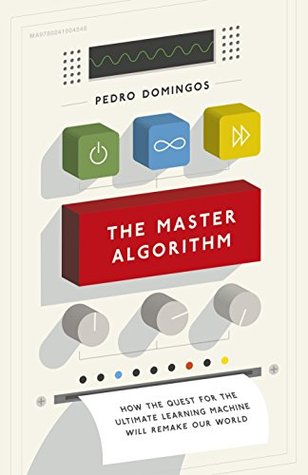More on this book
Community
Kindle Notes & Highlights
Principal-component analysis (PCA), as this process is known, is one of the key tools in the scientist’s toolkit. You could say PCA is to unsupervised learning what linear regression is to the supervised variety.
Applying PCA to congressional votes and poll data shows that, contrary to popular belief, politics is not mainly about liberals versus conservatives. Rather, people differ along two main dimensions: one for economic issues and one for social ones.
For example, President Obama and the White House are far apart in word space but close together in meaning space, because they tend to appear in similar contexts.
This is because PCA is a linear algorithm, and so all that the principal components can be is weighted pixel-by-pixel averages of real faces. (Also known as eigenfaces because they’re eigenvectors of the centered covariance matrix of the data—but I digress.)
One of the most popular algorithms for nonlinear dimensionality reduction, called Isomap, does just this. It connects each data point in a high-dimensional space (a face, say) to all nearby points (very similar faces), computes the shortest distances between all pairs of points along the resulting network and finds the reduced coordinates that best approximate these distances. In contrast to PCA, faces’ coordinates in this space are often quite meaningful: one may represent which direction the face is facing (left profile, three quarters, head on, etc.); another how the face looks (very sad, a
...more
The NSA likes to mine records of who called whom not just because it’s arguably legal, but because they’re often more informative to the prediction algorithms than the content of the calls, which it would take a human to understand.
Learning an MLN means discovering formulas that are true in the world more often than random chance would predict, and figuring out the weights for those formulas that cause their predicted probabilities to match their observed frequencies.
the unified learner we’ve arrived at uses MLNs as the representation, posterior probability as the evaluation function, and genetic search coupled with gradient descent as the optimizer.
In computer science, a problem isn’t really solved until it’s solved efficiently.
Companies like Acxiom collate and sell information about you, but if you inspect it (which in Acxiom’s case you can, at aboutthedata.com), it’s not much, and some of it is wrong.
The kind of company I’m envisaging would do several things in return for a subscription fee. It would anonymize your online interactions, routing them through its servers and aggregating them with its other users’. It would store all the data from all your life in one place—down to your 24/7 Google Glass video stream, if you ever get one. It would learn a complete model of you and your world and continually update it. And it would use the model on your behalf, always doing exactly what you would, to the best of the model’s ability.
A company like this could quickly become one of the most valuable in the world. As Alexis Madrigal of the Atlantic points out, today your profile can be bought for half a cent or less, but the value of a user to the Internet advertising industry is more like $1,200 per year. Google’s sliver of your data is worth about $20, Facebook’s $5, and so on. Add to that all the slivers that no one has yet, and the fact that the whole is more than the sum of the parts—a model of you based on all your data is much better than a thousand models based on a thousand slivers—and we’re looking at easily over a
...more
The purpose of AI systems is to solve NP-complete problems, which, as you may recall from Chapter 2, may take exponential time, but the solutions can always be checked efficiently.
You’ve met the five tribes of machine learning and their master algorithms: symbolists and inverse deduction; connectionists and backpropagation; evolutionaries and genetic algorithms; Bayesians and probabilistic inference; analogizers and support vector machines.


